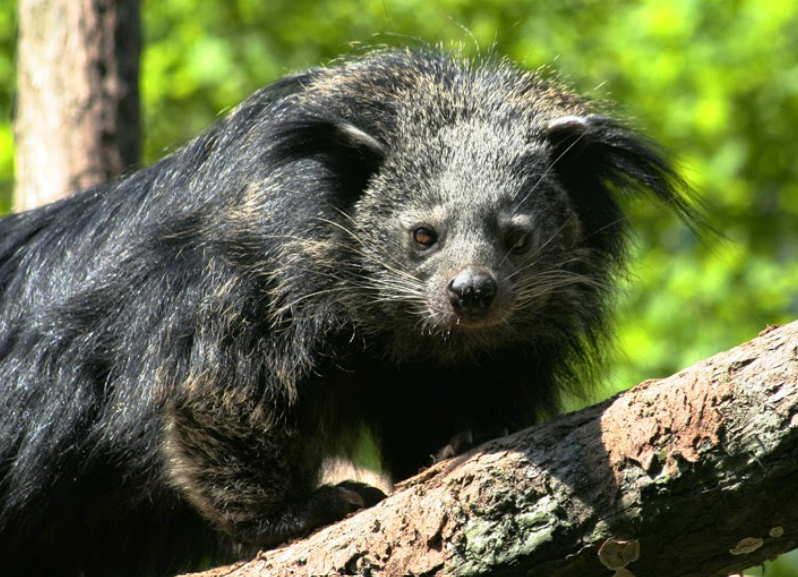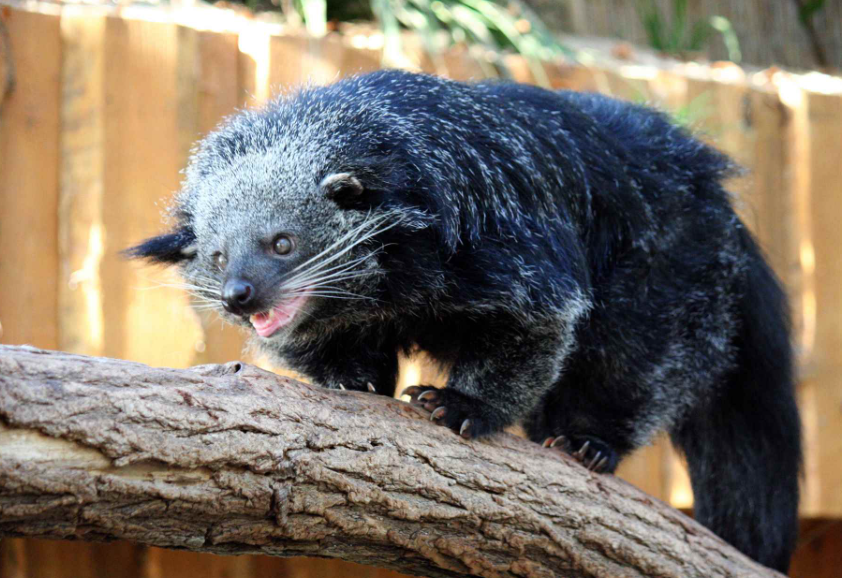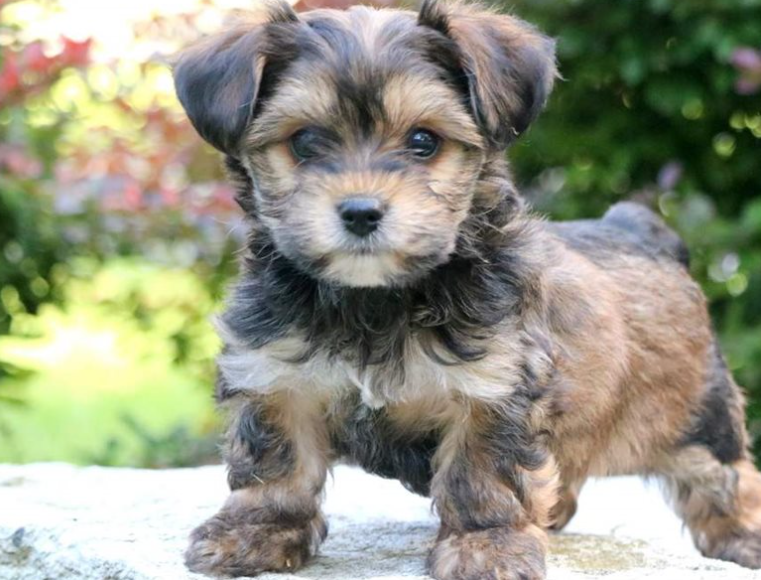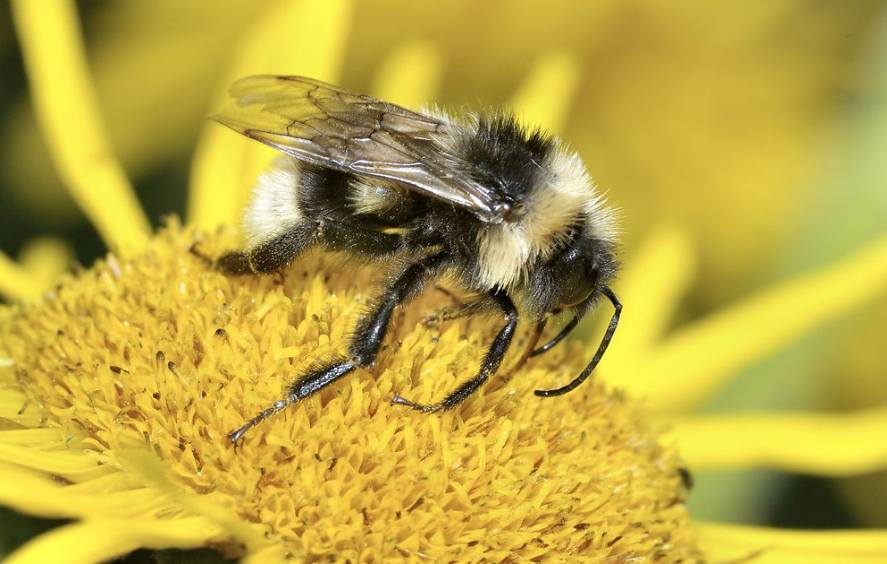
Importance of learning about fascinating creature: Binturong
Mammals from Southeast Asia that are intriguing to see include the Binturong, or Asian bearcat. It belongs to the Viverridae family and is the biggest member of the group. The Binturong is a unique-looking animal with long, shaggy black hair and a prehensile tail that is almost as long as its body. With its tail, the Binturong can move through the woods with more ease.
Unique appearance and characteristics of Binturong
One fascinating detail about the Binturong is that it has scent glands near its anus. Popcorn is often used to describe the musky fragrance that these glands generate. The Binturong mark their territory and communicate with one another using this fragrance. It’s also believed to be related to attracting romantic partners.
Preferred habitat for Binturong: Dense forests and treetops
Being mostly tree-dwelling, the Binturong is fundamentally an arboreal species. Its strong limbs and keen claws allow it to travel easily through the thick forest canopy and climb up trees. It can travel fast between branches because of its long tail, which also acts as balance assistance. Despite its small size, the Binturong is an adept climber; it can even hang upside down on trees.
Unique smell glands and adaptations of Binturong mammal
The Binturong is an intriguing animal with its peculiar habits and eye-catching looks. Its smelly glands and arboreal habits make it a very fascinating animal. Understanding the Binturong helps us appreciate the variety of species found in Southeast Asia and the need to preserve their natural habitats.

Fascinating facts about binturong mammal
Southeast Asian jungles are home to the intriguing and unusual binturong, sometimes referred to as the bearcat. The binturong, despite its name, is a member of the Viverridae family, which also contains genets and civets, and is neither a bear nor a cat. We’ll look at some fascinating binturong below:
Binturong’s size, weight, and overall appearance
With a body length of around two to three feet and a tail that may grow up to two feet in length, the binturong is a huge, strong animal. Its black coat is shaggy, and its face and ears are either cream or white in colour. Its prehensile tail, which serves as an additional limb and aids in the binturong’s navigation among the trees, is one of its most characteristic traits.
Distinct scent glands used for communication by Binturong
Another distinctive aspect of the binturong is its smell glands, which are found near its anus. These glands provide a musky fragrance that is sometimes likened to popcorn. The binturong uses this fragrance to connect with people and indicate its territory.
The binturong’s unique adaptations for survival and its strong grip
Southeast Asian rainforests, which include those in Malaysia, Indonesia, and the Philippines, are home to the binturong. Being a very arboreal species, it lives mostly in trees. The binturong can spin its rear foot backwards because of a unique ankle joint, which gives it a firm grasp on branches.
The binturong’s omnivorous diet, consisting of both plants and animals
The binturong is an omnivore, which means it consumes both plants and animals. Its food consists of tiny animals, birds, eggs, and a variety of fruits, leaves, and shoots. It is also well known that the binturong is fond of honey; in fact, it has been seen robbing beehives in pursuit of this tasty delicacy.
The binturong’s mating habits and reproductive cycle
The binturong is a solitary animal that often only associates with other members of its species during the mating season. It is mostly nocturnal, which means that nighttime is when it is most active. The binturong rests in the trees throughout the day, curling up its tail to support itself.
The gestation period and the birth of cubs of binturong
In terms of reproduction, the binturong requires 90 to 92 days for gestation. One or two young are born to females, and they have a thin coat of fur and closed eyelids. Before setting out on their own, the young Binturongs will spend around two years living with their mother.
Traditional uses or beliefs are associated with the binturong.
The International Union for Conservation of Nature (IUCN) presently lists the binturong as a vulnerable species. The illicit pet trade and habitat degradation from deforestation pose the biggest dangers to its existence. In addition, the flesh and body parts of the binturong are sought for use in traditional medicine.

The importance of conservation efforts to protect binturong
The protection of the binturong and its habitat is the focus of conservation efforts. These include the creation of protected areas as well as the use of anti-hunting and anti-trade legislation. Additionally, there are programmes to raise public awareness about the value of protecting this endangered species.
The importance of raising awareness and conserving this unique species of binturong
The binturong is an amazing animal, resembling a bear in appearance and agile like a cat. Its distinct physical traits, habitat, food, behaviour, and state of conservation make it an important species to understand and preserve. We can help conserve the binturong and make sure that future generations may enjoy seeing this amazing species by having a better knowledge of and appreciation for it.


